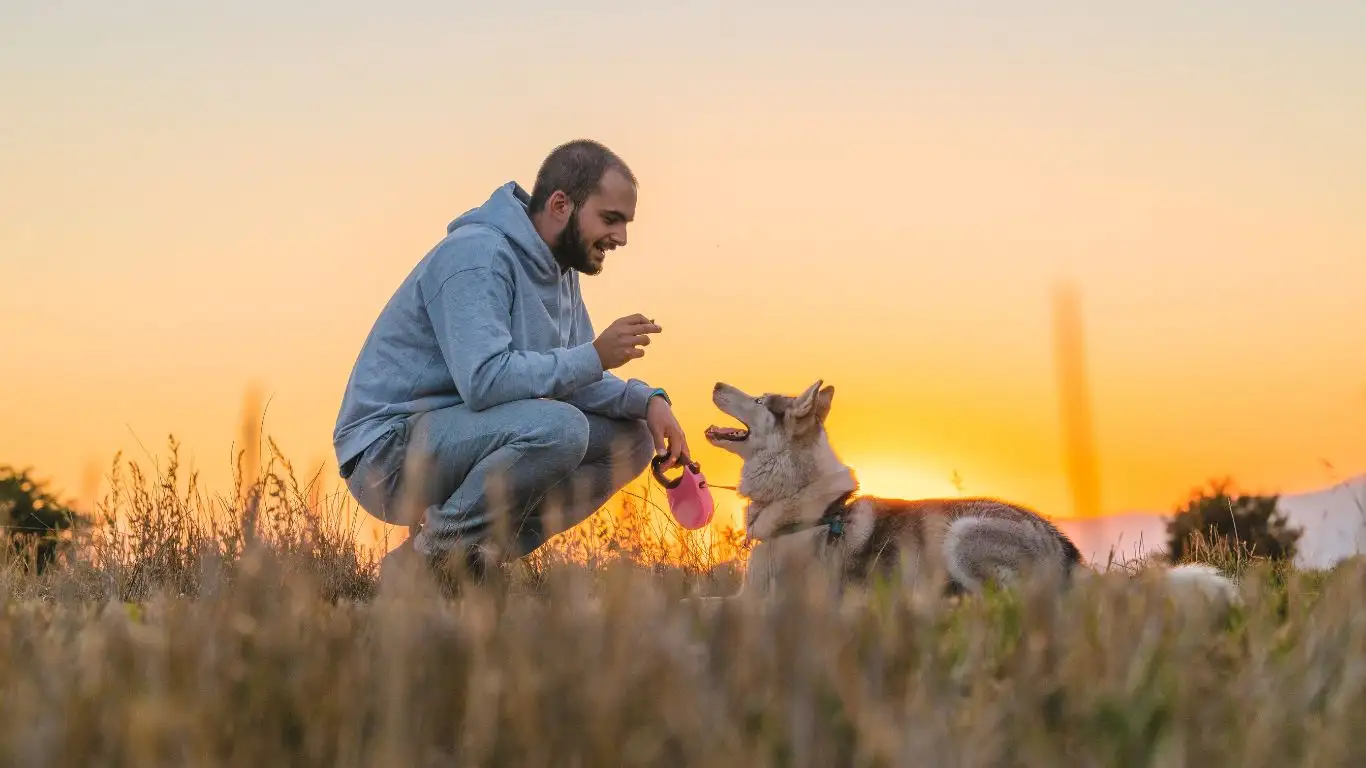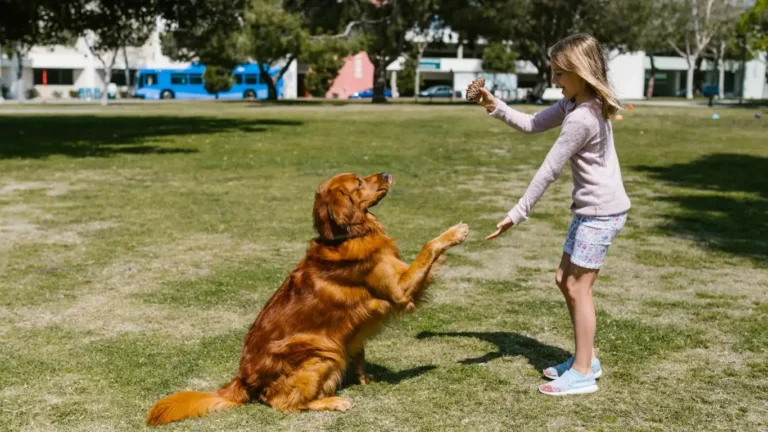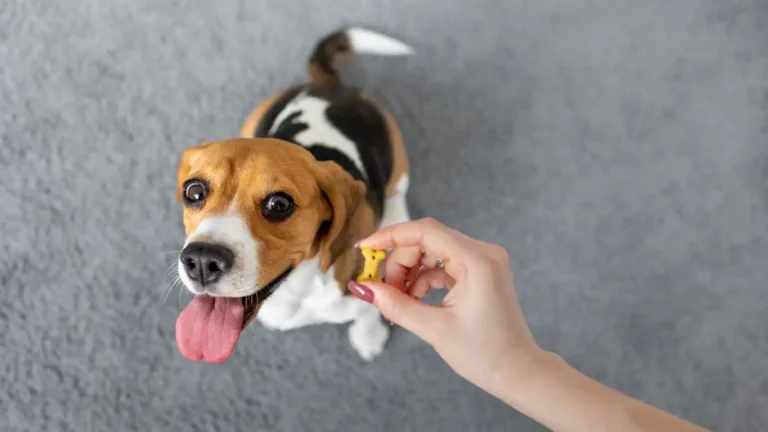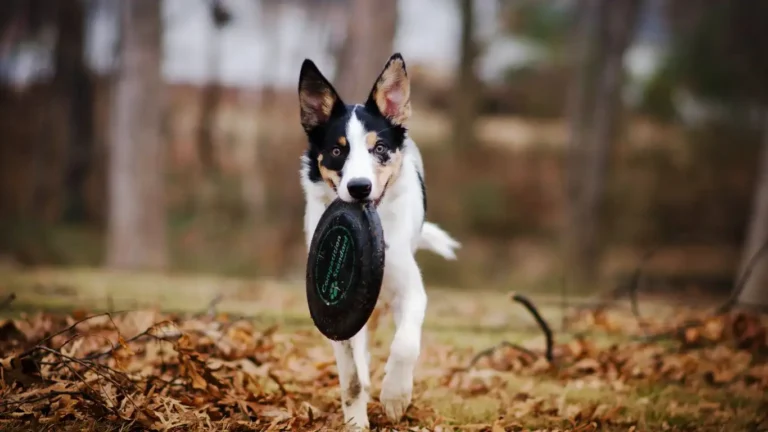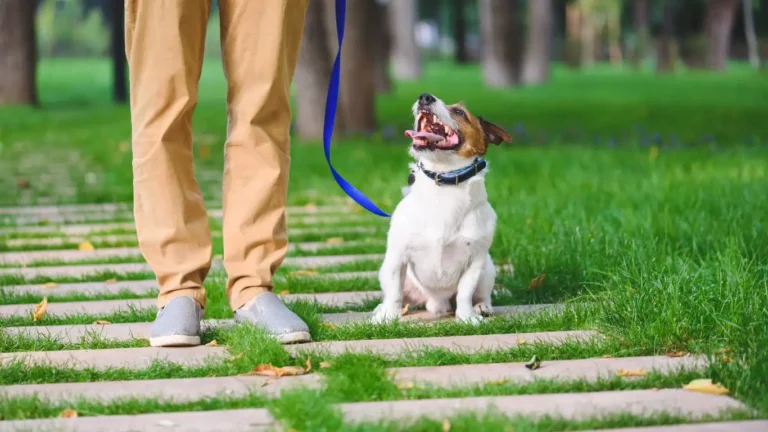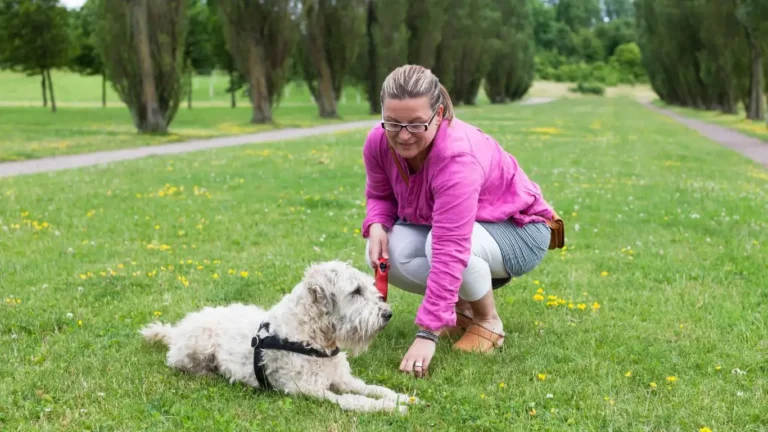Master How to Train a Dog to Relax in a Dog Stroller Today
If you’ve ever tried taking your dog out in a stroller only to have them freak out, squirm, or bark like mad at every moving thing—yeah, I’ve been there too. Teaching a pup how to train a dog to relax in a dog stroller isn’t just about tossing them in and hoping for the best. It takes patience, consistency, and a few sneaky tricks I’ve learned over the years as a Canine-Assisted Therapy Trainer. Whether your dog is nervous, overexcited, or just plain confused by the idea of being wheeled around like royalty, this guide is here to help make stroller time a calm and even enjoyable experience.
Understanding Your Dog’s Mindset Before You Start
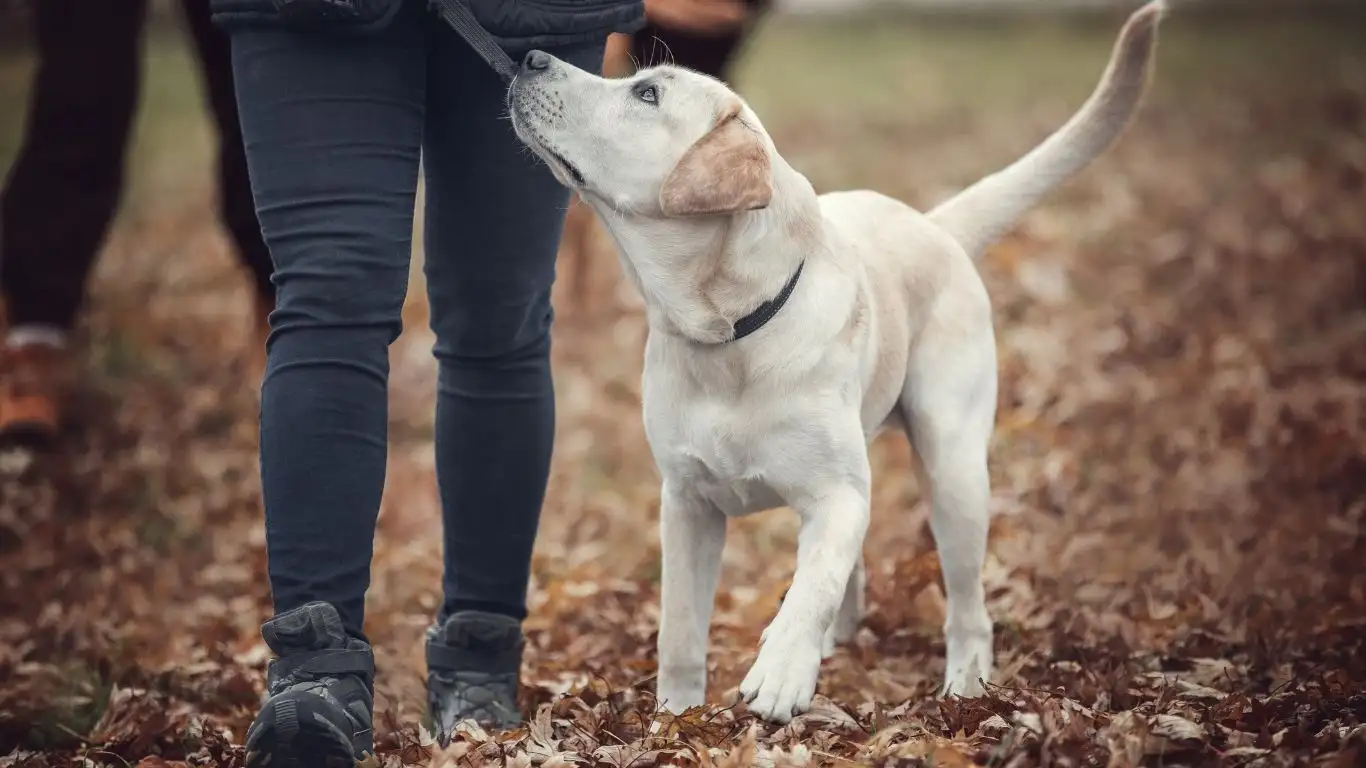
Before you even think about introducing the stroller, it’s important to tune into your dog’s emotions. Just like people, dogs have their comfort zones—and a rolling contraption they’ve never seen before can feel like an alien spaceship.
One of my therapy dogs, Milo, a sweet but slightly dramatic Cavalier King Charles Spaniel, absolutely lost his mind the first time he saw the stroller. He barked, circled it like it was a predator, and then plopped down 10 feet away with a dramatic huff. That’s when I realized we had to go at his pace—not mine.
Key signs your dog might be anxious:
- Tucked tail or ears pinned back
- Excessive panting or drooling
- Trying to bolt or hide
- Whining or barking
If any of these sound familiar, don’t worry. It’s totally normal. The key is to build trust and association through gentle, positive steps.
Step 1: Create a Positive Association with the Stroller
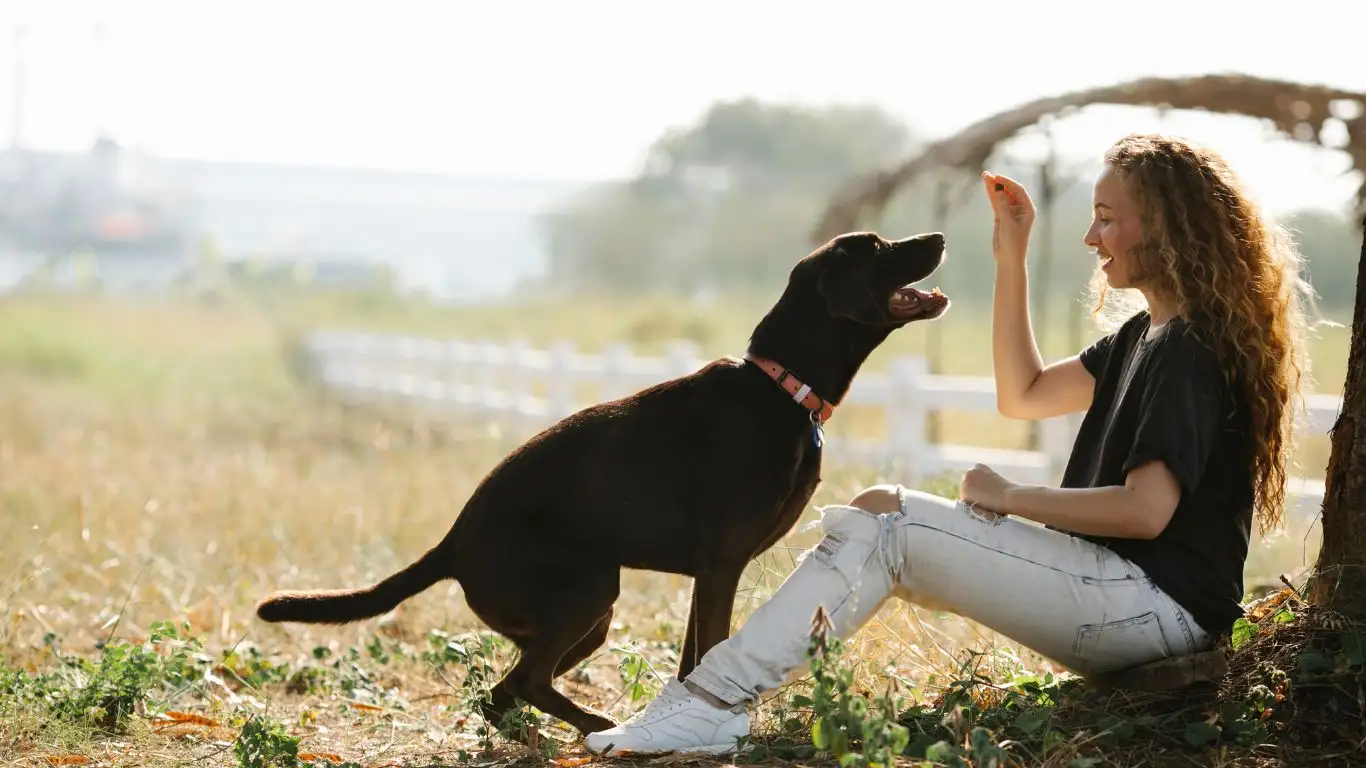
We’re not even rolling yet. This step is about introducing the stroller as a safe, non-threatening object. Bring the stroller inside your home—somewhere familiar and chill—and just let your pup explore it on their terms.
Tips to make the introduction smooth:
- Leave the stroller open and stationary. No sudden moves.
- Place your dog’s favorite treats, toy, or blanket inside.
- Use a calm, upbeat tone—lots of praise when they go near it.
- Don’t force it. Let them come to it naturally, even if it takes a few days.
When I did this with Milo, I put his snuffle mat right on the stroller seat. He was hesitant at first, but eventually climbed in and started sniffing around. That was our first win—and every little success matters.
Step 2: Short Practice Sessions Without Moving
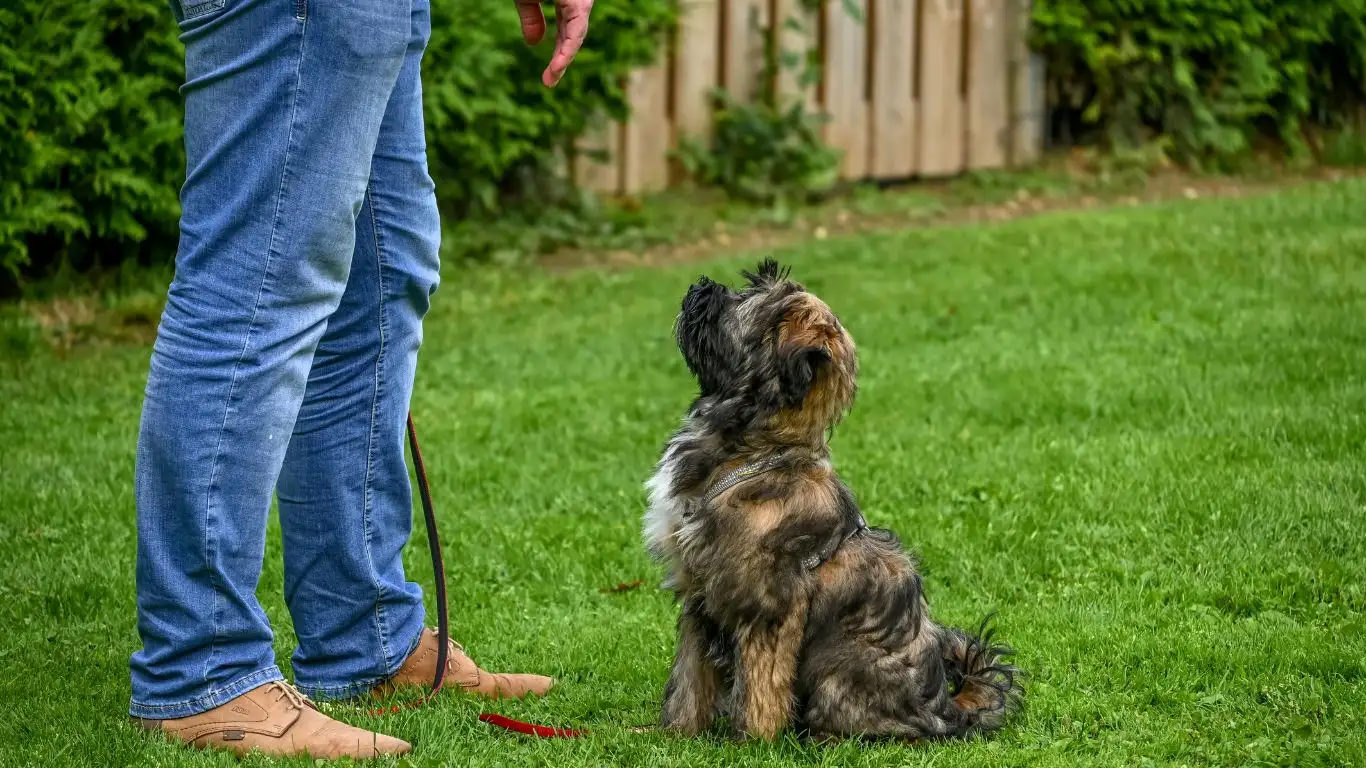
Once your dog is cool with sitting in the stroller while it’s still, it’s time to level up. Still indoors, encourage them to get in and sit. Keep the vibe relaxed and the session short—just 5 to 10 minutes max.
Helpful ideas to build confidence:
- Use a command like “up” or “stroll time” when asking them to get in.
- Give a treat once they’re seated calmly.
- Use soothing words and gentle pets to reinforce good behavior.
- End the session on a good note—even if they just sat for 30 seconds.
This is where your relationship really plays a role. Dogs read your energy like a book. If you’re frustrated or anxious, they’ll feel it too. So breathe, smile, and go easy on both of you. Therapy dogs especially thrive on calm, confident energy—it’s something I always remind new handlers in our training sessions.
Why It’s Worth the Time and Effort
Let’s be honest—training your dog to relax in a stroller isn’t something that happens overnight. But the reward? Pure gold. I’ve seen therapy dogs in assisted living homes bring joy to patients simply by riding peacefully in a stroller next to a wheelchair. And for pet parents with aging dogs or reactive pups, strollers can be a literal game-changer.
Remember: how to train a dog to relax in a dog stroller isn’t about obedience—it’s about trust, patience, and a positive connection. And that, my friend, is what real dog training is all about.
Step 3: Slowly Introduce Movement
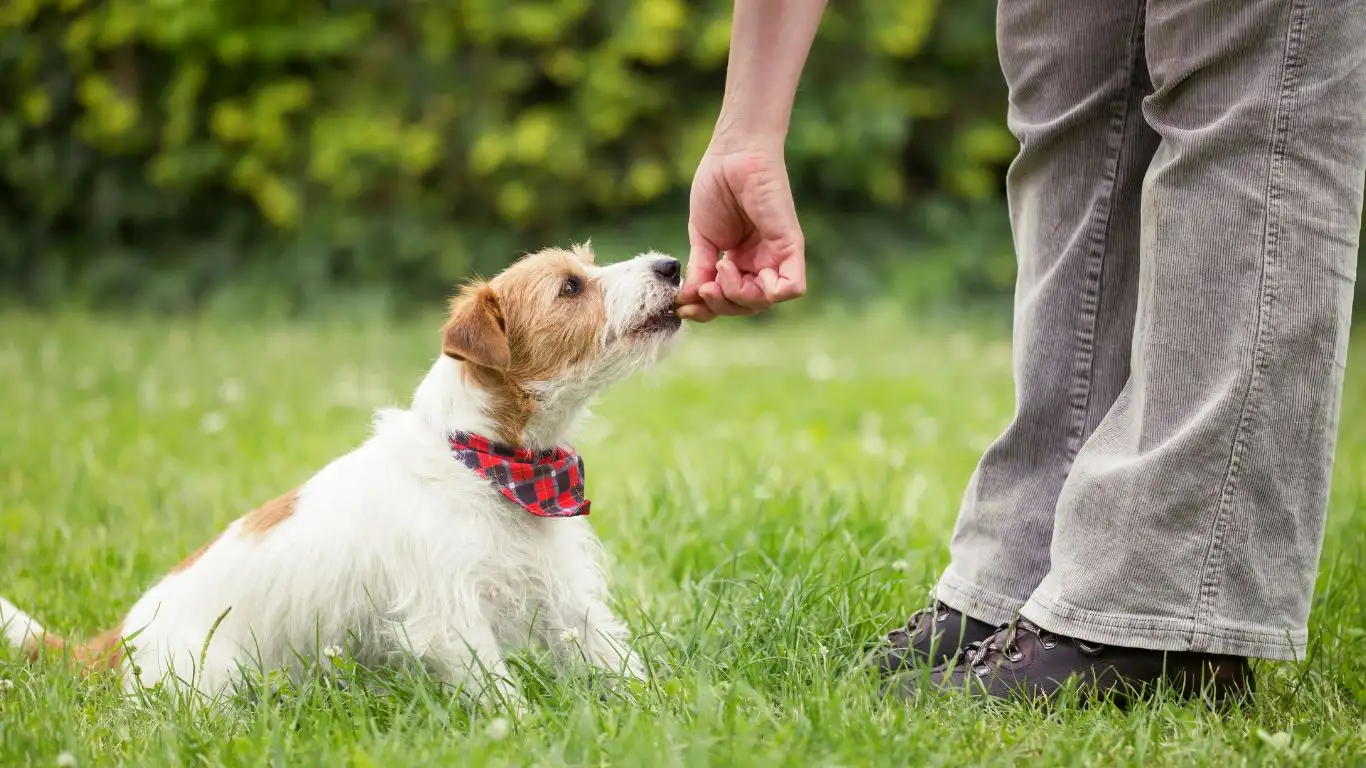
Once your dog can sit comfortably in the stroller without squirming, it’s time to gently introduce movement. Don’t rush this—just like when we first introduced the stroller, baby steps make a huge difference here. I remember when I did this with Coco, my little Pomeranian who thinks she runs the world. She was fine with sitting still but the moment the wheels moved? Drama queen mode activated. So I had to keep it subtle—like, barely a nudge.
Here’s how I recommend easing into movement:
- Start indoors on a flat, quiet surface—hallways work great.
- Roll the stroller forward a few inches, stop, and treat.
- Gradually increase the distance as your dog gets used to the feeling.
- Watch their body language: relaxed ears, soft eyes, and no tension = green light.
Keep the tone super positive and your energy grounded. Remember, you’re not just teaching them to ride—you’re teaching them it’s safe to trust the ride.
Step 4: Take It Outside—But Make It Boring
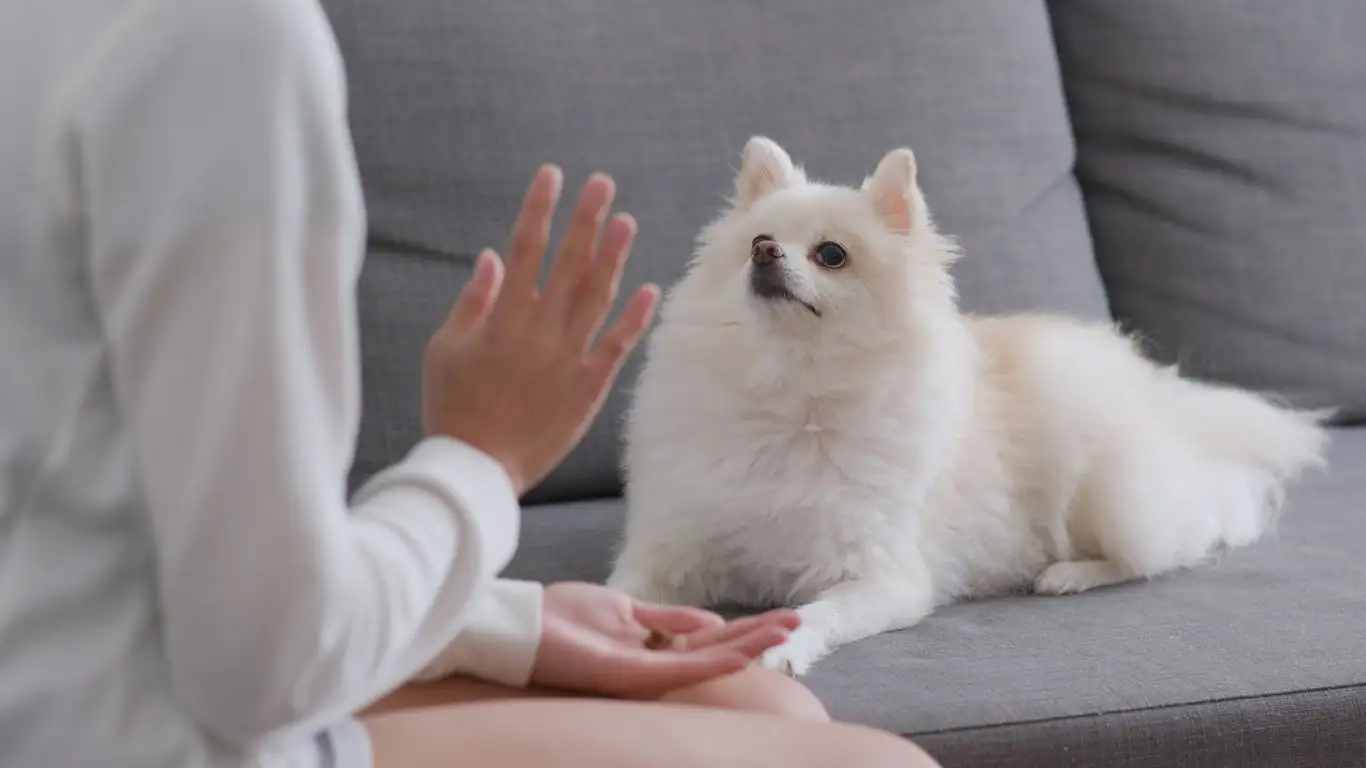
Now that your pup can chill while rolling indoors, it’s time to take it outside—but hold the parade. The key to this next phase is low-stimulation environments. I always recommend a quiet street or a calm park during off-peak hours. Nothing too exciting, nothing too overwhelming.
One time, I made the mistake of going straight to the weekend farmer’s market with Charlie, a super sweet golden retriever I was working with. Bad move. Between the kids, the smells, and the accordion player (yep), poor Charlie froze in the stroller like a statue. Total sensory overload.
Best practices for first outdoor sessions:
- Stick to familiar, quiet routes your dog already knows and likes.
- Limit the first few rides to 5-10 minutes max.
- Bring treats and give them often—this builds positive association.
- Let them hop out now and then to keep things flexible and relaxed.
Every pup is different, so let yours set the pace. Some take to it quickly, others need more time. And that’s totally okay.
Step 5: Practice in a Variety of Places

Once your dog has mastered relaxing in the stroller on quiet walks, it’s time to start adding variety. Think of this like socialization training—your dog needs to learn that relaxing in the stroller is expected no matter where you are.
Here’s how I do it with therapy dogs in training: I slowly introduce different environments. A quiet café patio. A library event. A visit to a pet-friendly store. Each new place helps build their confidence—and mine too, honestly.
Places you can practice stroller calmness:
- Local parks or greenways
- Pet-friendly stores (look for ones with wider aisles)
- Outdoor markets during non-peak hours
- Community centers or vet clinic waiting areas
And hey, don’t forget to check your stroller’s maneuverability in these places. Some models are better for city use, while others handle bumpy trails like champs. I’ve tested more than a few—trust me, good wheels make all the difference.
Using the Stroller for Therapy Dog Training
As someone deeply involved in canine-assisted therapy, I’ve seen firsthand how powerful a stroller-trained dog can be in therapeutic settings. Some of the senior patients I visit light up just seeing a dog approach in a stroller—it makes interaction so much easier, especially for folks with mobility challenges or sensory sensitivities.
But it only works when the dog is genuinely relaxed. Not just tolerating it—actually comfortable, alert, and content. That level of calm presence takes time to build, but wow, is it worth it. You’ll see the emotional payoff in every wag, every smile from a patient, and every moment your dog is completely at ease in their mobile “chariot.”
Pro Tip:
Never use the stroller as a form of punishment or timeout. It should always be a positive space—kind of like their cozy den on wheels.
So yeah, how to train a dog to relax in a dog stroller isn’t just a checklist—it’s a journey. You’re building trust, creating positive associations, and helping your dog experience the world in a new way. And whether you’re doing this for fun walks or life-changing therapy work, it’s a beautiful bonding process.
Step 6: Build Duration and Distraction Tolerance
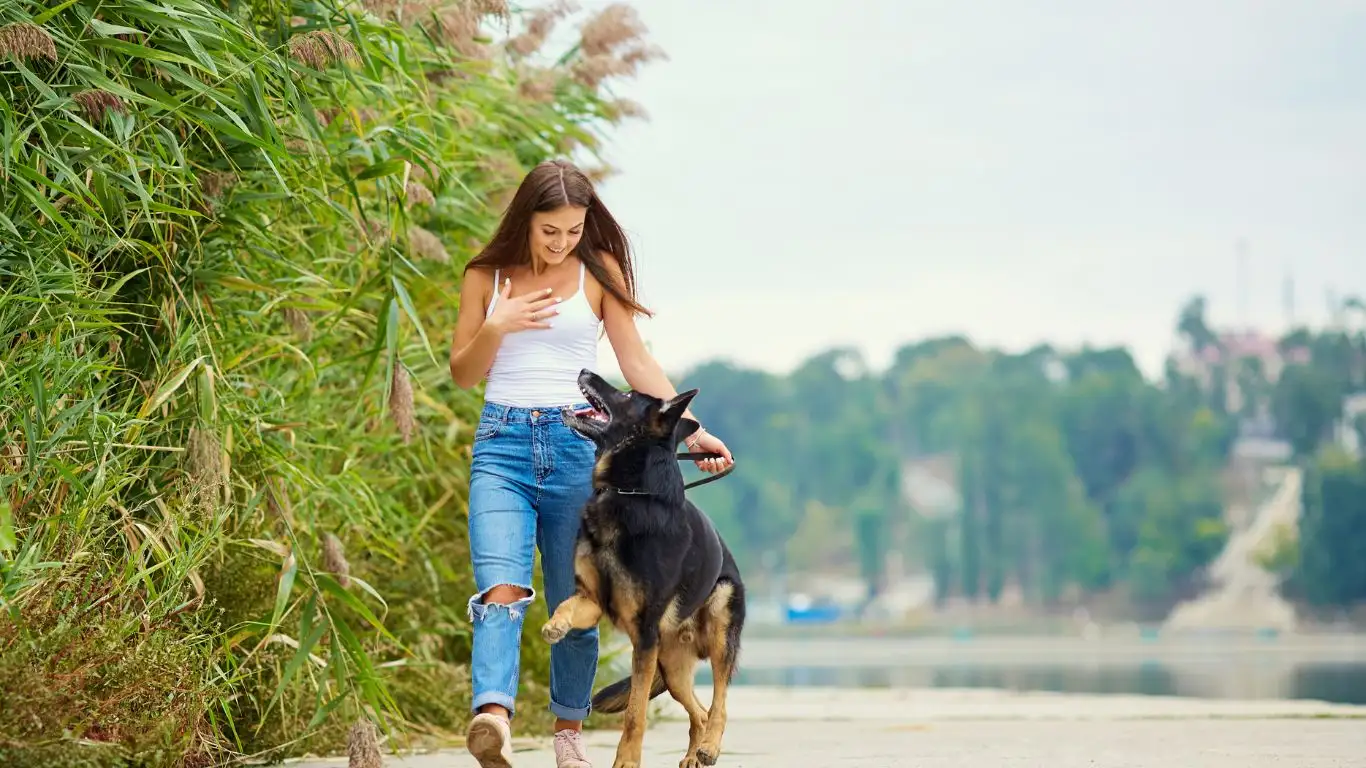
By now, your pup should be fairly comfortable chilling in their stroller, especially in familiar or calm spots. But if your goal is to have them ride along during busier outings—like downtown strolls, crowded parks, or therapy visits—then we need to build up their distraction tolerance and stretch the time they can remain calm.
I usually treat this like stamina training, both mentally and physically. One of my therapy dogs, Luna—a gentle old Lab—was great with short stroller rides. But add in honking cars or a nearby skateboarder? Boom, instant alert mode. It took several weeks of gradually increasing exposure for her to remain relaxed no matter what rolled by.
How to gradually build distraction tolerance:
- Start with low-level distractions, like passing joggers or bikes.
- Use distance to your advantage—closer doesn’t always mean better right away.
- Practice calmness before, during, and after the distraction.
- Use high-value rewards when they stay relaxed in busier settings.
Over time, your dog will learn that the stroller is their safe spot, even when the world around them gets a little wild. You’ll notice they begin to “tune out” the chaos and just enjoy the ride. That’s the gold standard right there.
Step 7: Keep It Comfortable and Safe

This might sound obvious, but comfort is everything when teaching a dog to relax in a stroller. If your dog isn’t physically comfortable, they won’t be emotionally calm either. Trust me—no amount of treat-bribing can make up for a wobbly seat or cramped space.
I’ve had clients unknowingly use strollers that were just too small or poorly balanced. One case involved a spry little mini Schnauzer named Pepper. She’d start off calm, then suddenly leap out mid-walk. Turns out, the fabric was too slippery and the straps weren’t secure. A little padded insert and a harness clip later? Totally different experience.
Checklist to ensure your dog’s comfort:
- Padded base or soft blanket inside the stroller
- Secure but not tight harness clip to prevent jumping
- Proper airflow—many strollers come with mesh panels
- Shade from direct sun or light rain
- Room to sit up, turn around, or lie down
It’s also a good idea to carry a water bottle and collapsible bowl, especially during warm months. I’ve been on enough long therapy outings to know a thirsty dog equals a restless one.
Common Mistakes to Avoid
Even experienced dog owners sometimes make these easy-to-miss errors when introducing stroller rides. A quick rundown can help you sidestep setbacks.
Things to watch out for:
- Rushing the process: Dogs learn at their own pace. Pushing too fast just builds fear.
- Ignoring warning signs: Panting, wide eyes, and restlessness mean your pup’s not ready for that level of exposure.
- Using the stroller for punishment: This breaks trust. The stroller should always be a positive space.
- Choosing the wrong environment too soon: Farmer’s markets, festivals, and noisy streets are advanced-level situations. Build up slowly.
Remember, this isn’t about achieving perfection—it’s about progress. Celebrate the small wins and don’t stress the setbacks. Some days will feel like breakthroughs; others, not so much. That’s just dog training, and honestly, that’s life too.
Final Thoughts from the Therapy Side of Things
In my role as a Canine-Assisted Therapy Trainer, I’ve had the privilege of watching dogs transform through simple practices like this. Teaching how to train a dog to relax in a dog stroller isn’t just for convenience—it opens up a world of accessibility for dogs and humans alike.
For senior dogs, reactive pups, or those recovering from surgery, strollers provide a way to stay connected with the outside world without physical strain. For therapy teams, a calm dog in a stroller can reach people who might otherwise be hesitant to engage. It’s not just a ride—it’s a bridge between your dog and the world.
References
- American Veterinary Medical Association (AVMA)
- Certification Council for Professional Dog Trainers
- Association of Professional Dog Trainers (APDT)
- American Gastroenterological Association – Animal-assisted therapy research
Disclaimer
The information in this article is based on my personal experience as a Canine-Assisted Therapy Trainer, combined with current positive reinforcement training practices. It is not a substitute for veterinary or behavioral advice specific to your dog. Always consult your vet or a certified trainer if you have concerns about your dog’s behavior or health before beginning a new training routine.
